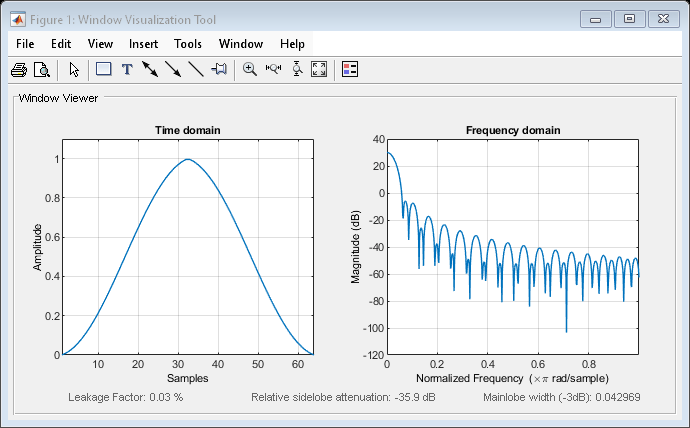barthannwin
修正巴特利-汉宁窗
说明
示例
输入参数
输出参量
算法
计算修正巴特利-汉宁窗系数的方程为
其中 且窗长度为 。
与巴特利窗、汉宁窗和汉明窗类似,此窗在原点有主瓣,两侧有渐近衰减的旁瓣。它是加权巴特利窗和汉宁窗的线性组合,其近旁瓣低于巴特利窗和汉宁窗,远旁瓣低于巴特利窗和汉明窗。修正巴特利-汉宁窗的主瓣宽度相对于巴特利窗或汉宁窗的主瓣宽度没有增加。
参考
[1] Ha, Y. H., and J. A. Pearce. “A New Window and Comparison to Standard Windows.” IEEE® Transactions on Acoustics, Speech, and Signal Processing. Vol. 37, Number 2, 1999, pp. 298–301.
[2] Oppenheim, Alan V., Ronald W. Schafer, and John R. Buck. Discrete-Time Signal Processing. Upper Saddle River, NJ: Prentice Hall, 1999, p. 468.
